According to a new research paper by Microsoft’s AI for Good Lab, humans are surprisingly (or maybe not-so-surprisingly) bad at detecting and recognizing AI-generated images.
The study collected data from an online “Real or Not Quiz” game, involving over 12,500 global participants who analyzed approximately 287,000 total images (a randomized mixture of real and AI-generated) to determine which ones were real and which ones were fake.
The results showed that participants had an overall success rate around 62 percent—only slightly better than flipping a coin. The study also showed that it’s easier to identify fake images of faces than landscapes, but even then the difference is only by a few percent.
In light of this study, Microsoft is advocating for clearer labeling of AI-generated images, but critics point out that it’s easy to get around this by cropping the images in question.
Further reading: How to spot AI trickery and the biggest red flags
Chcete-li přidat komentář, přihlaste se
Ostatní příspěvky v této skupině
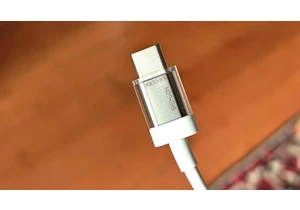
I don’t know how your tech drawers look, but mine are filled with wir

Samsung has an insanely large 57-inch gaming monitor with impressive
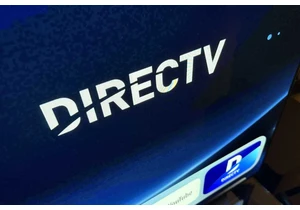
Cord cutters have long wished for a way to stream local broadcast cha

After more than a month of sporadic outages that left many Sengled sm
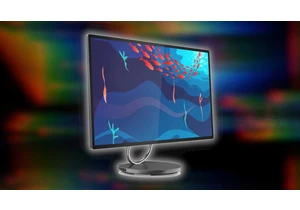
Lenovo is warning users that several BIOS security vulnera
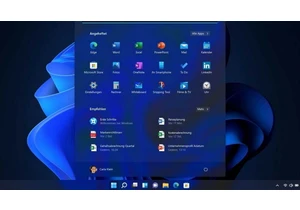
When you use Windows, the operating system quietly takes note of your
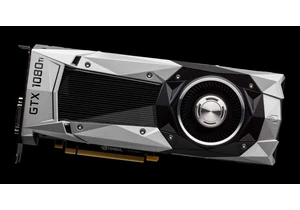
Death and taxes, folks. Even the best technology can’t last forever,
